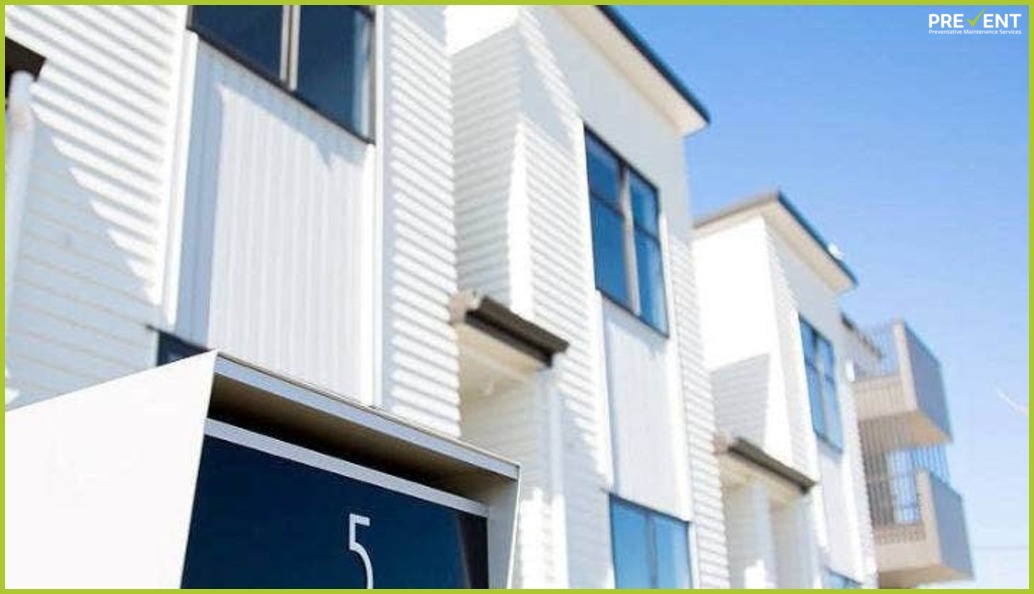Leaky Apartment Building Report Auckland
Leaking is a significant issue that causes severe damage when unchecked. Many apartments may be subjected to structural ceiling and wall leaks, and since it houses many different people on various floors, the problem may not remain structural. A Leaky Building Report Auckland helps to give a comprehensive report about the quality and condition of the house before purchasing it.
The different construction types that come with a higher risk than others include
-
The solid plaster on solid sheet backing on timber wall framing textured plaster on polystyrene cladding on timber wall framing
-
Textured plaster on cement-based sheeting on timber wall framing.
The apartments built between 1996 and 2004 have more chances of leakages as they were made from timber that rots quickly when exposed to moisture or water ingress.
-
Features That Can Help Identify Leaky Buildings
-
Identifying The Leaks Using Moisture Testing
Features That Can Help Identify Leaky Buildings
When Leaky Building Reports Auckland are made, a few standard features are taken into consideration. The more of these features the building has in common, the higher are the chances of a leaky building.
When the consultants make a comprehensive Auckland Building Report, they look into the weather tightness risks of the building and the way that they can be managed. They also recommend specific techniques to reduce the risks.
-
The various risk factors that are identified include:
-
The wind factor
-
The number of stores in the building
-
The roof and wall intersection design
-
The deck design
-
The envelope complexity
According to the severity of the risks, a risk score is given to the apartment. This helps determine the cladding that needs to be used or the changes of designs required to reduce the risks. The existing buildings with a high-risk factor require a meticulous examination that helps establish if any leaks are likely to occur. These buildings require rigorous maintenance to lower the risk score.
Identifying The Leaks Using Moisture Testing
One of the most common inspection techniques is the moisture testing technique that helps find out the possible leaking problems. The moisture tests are carried out in various steps. The first step is non-invasive, and it uses a moisture meter that helps inspect broader sites without causing any damages to the property. The invasive or probe-type inspection is carried out in places with high moisture content, and this type of testing often requires the owner’s prior permission.
Conclusively these are some of the techniques used to inspect and make reports on leakages in Auckland.
prevent nz
We exist to ensure that your biggest asset is maintained and protected in order to avoid costly repairs in the future.
Visit now: https://prevent.co.nz/

